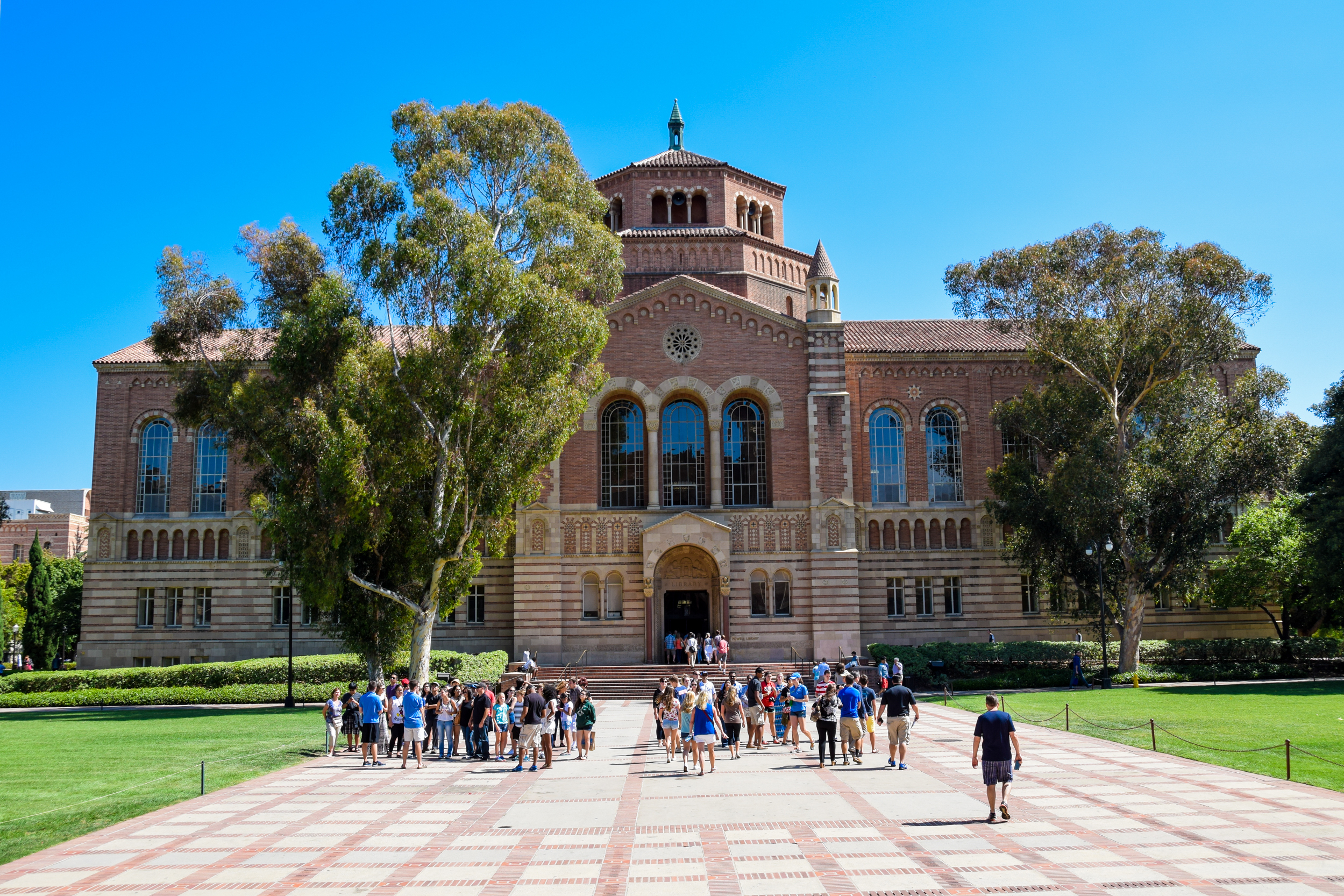August 26, 2015

When you refinance student loans, you’re essentially repaying your old student loan debt by taking on a new loan with fresh terms – including a new loan length, interest rate and monthly payment. With interest rates for refinanced loans starting at under 2%, now can be a terrific time to refinance, depending on your current financial situation. With that said, here are the four main points to consider when deciding if now is the best time to refinance student loans:
1. How much are you paying in interest?
If the interest rates on your current loans are fairly high, you may want to consider refinancing sooner rather than later. Negotiating a lower rate can save you a ton of money over the life of your loan. For example, if you have $70,000 in student loan debt at an 8.5% interest rate over ten years, you’ll pay approximately $34,000 in interest. However, if you reduce that rate to 4% through refinancing, you’ll only pay $15,045.
2. Are you currently employed full-time?
Do you have a good job and a steady income? If so, now could be the ideal time to refinance. A full-time job signals to lenders that you’ll probably be able to make your payments on time, making them more likely to offer you a low interest rate.
3. What’s your credit score?
Your credit score – which takes into account your payment history and how much debt you currently owe on credit cards and other loans – matters a great deal when you’re refinancing. If you currently have a strong credit score, it’s a smart idea to refinance. There’s a good chance you’ll be able to negotiate both a lower interest rate and a lower monthly rate, potentially saving you thousands of dollars over the life of your loan.
Conversely, if your credit is damaged for any reason, you may want to wait to refinance until you can improve your score, or try to find a cosigner who can help you qualify for a better rate. Not every lender allows you to refinance with a cosigner, but LendKey makes it simple.
4. Are you planning to take advantage of loan forgiveness?
If you have federal loans and you teach, work in the public sector, or are eligible for income-driven repayment, you may be eligible for student loan forgiveness. In these cases, you’ll want to wait to refinance until you know your eligibility. This is because once you refinance, you give up access to these kinds of federal programs. However, if you aren’t going to be eligible for loan forgiveness through one of the aforementioned paths, it’s a good idea to see if you qualify for a lower rate through refinancing.
The bottom line…
Finding the best time to refinance student loans is a personal decision that is heavily influenced by your current financial situation. However, as long as you have a steady job and a good credit score, there’s no harm in exploring your options and finding out if you qualify for a new loan that can save you money.
Get started today and find out how much you can save when you refinance student loans.
Please note that the information provided on this website is provided on a general basis and may not apply to your own specific individual needs, goals, financial position, experience, etc. LendKey does not guarantee that the information provided on any third-party website that LendKey offers a hyperlink to is up-to-date and accurate at the time you access it, and LendKey does not guarantee that information provided on such external websites (and this website) is best-suited for your particular circumstances. Therefore, you may want to consult with an expert (financial adviser, school financial aid office, etc.) before making financial decisions that may be discussed on this website.




